In Situ Aminolysis of Fluoroethylene Carbonate Induced Low‐Resistance Interphase Facilitating Extreme Fast Charging of Graphite Anodes
Advanced Energy Materials, EarlyView.

An advanced electrolyte is reported for extreme fast charging (XFC) graphite anodes through introducing the protic amine additives. Utilizing the in situ amidenation of fluoroethylene carbonate (FEC), this study proposed a universal strategy to construct a unique SEI with tailored distribution and arrangement of inorganic components to enhance interfacial Li+ transfer kinetics, enabling XFC and stable cycling under extreme conditions.
Abstract
Achieving extreme fast charging (XFC) lithium-ion batteries (LIBs) is essential for future battery applications, yet challenges remain in facilitating interfacial lithium-ion transportation across solid electrolyte interphase (SEI). While traditional SEI design prioritizes chemical composition, this study constructs an “ion-seepage” SEI framework accentuating the spatial distribution and arrangements of inorganic components via in-situ aminolysis reaction between fluoroethylene carbonate (FEC) and protic amines. This SEI architecture with tailored organic and nanoscale inorganic component distributions boosts interfacial Li+ transfer kinetics, ultimately enabling XFC and stable low-temperature cycling. Practical validation at the pouch-cell level exhibits excellent high-rate (up to 10C) performance, highlighting the great potential of protic amines in commercial extreme fast-charging LIBs. Moreover, this strategy exhibits considerable versatility, across various protic amines, electrolyte systems, and anode materials, providing a universal approach for developing XFC batteries and valuable insights for SEI design.











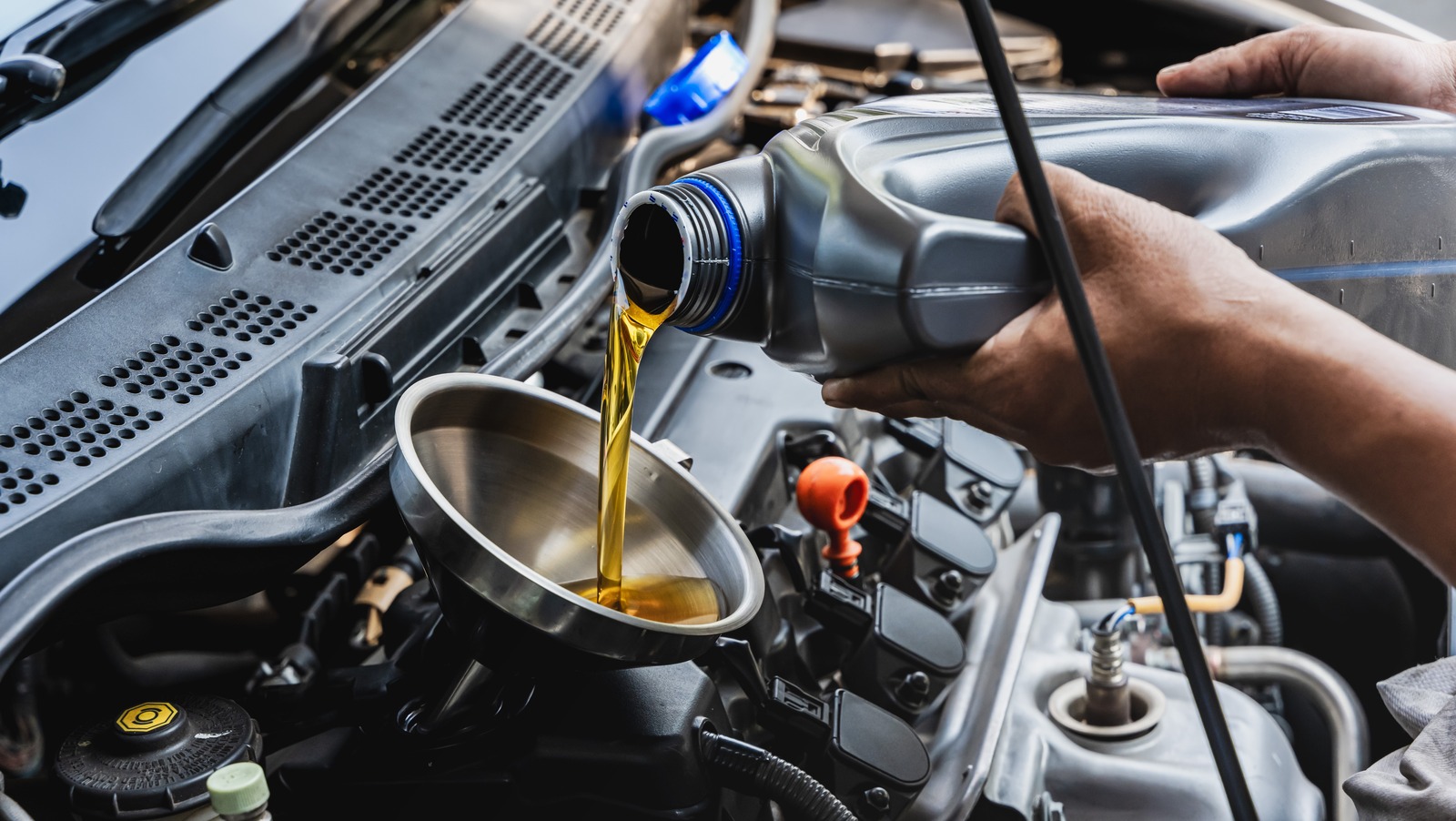

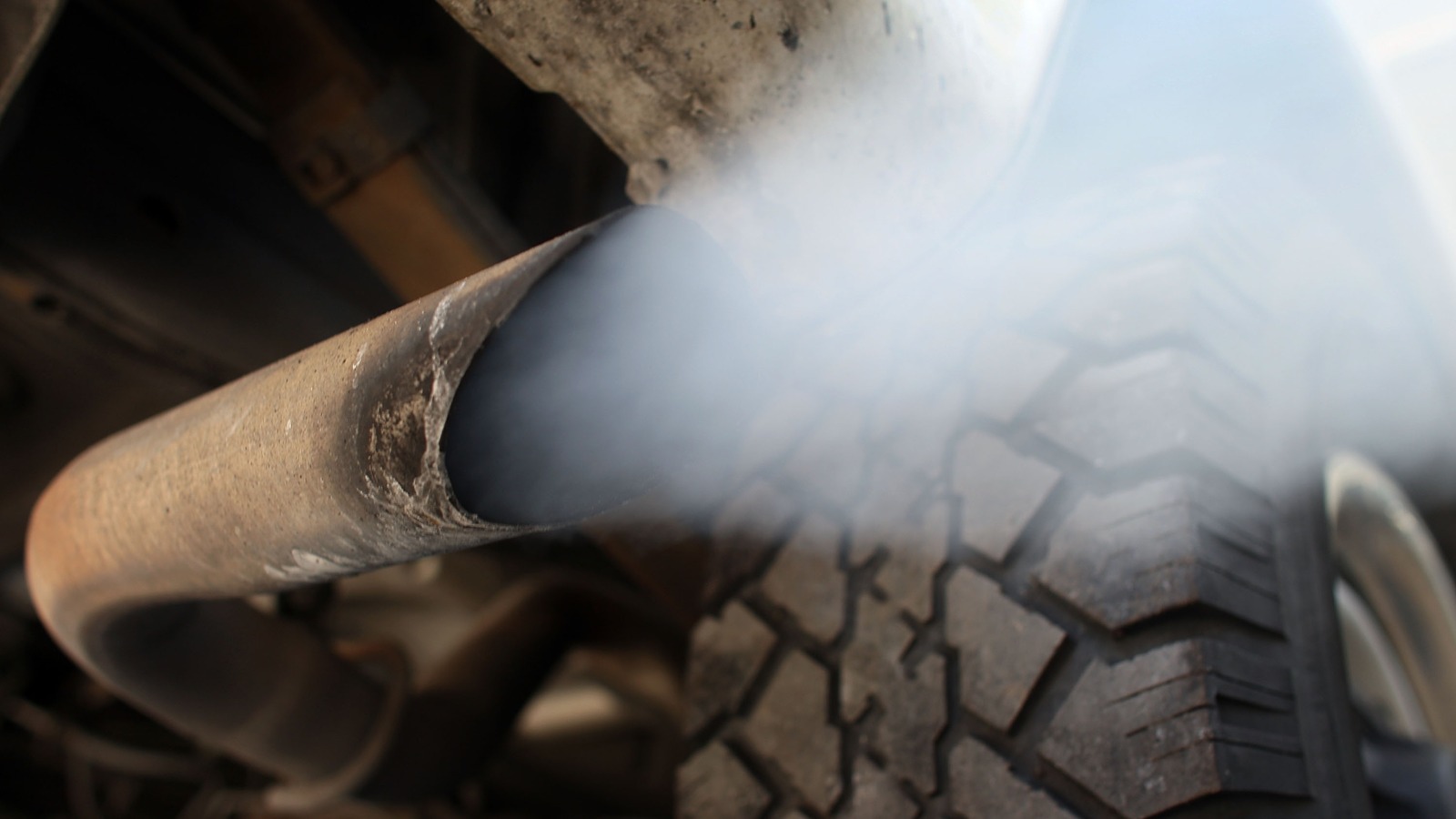





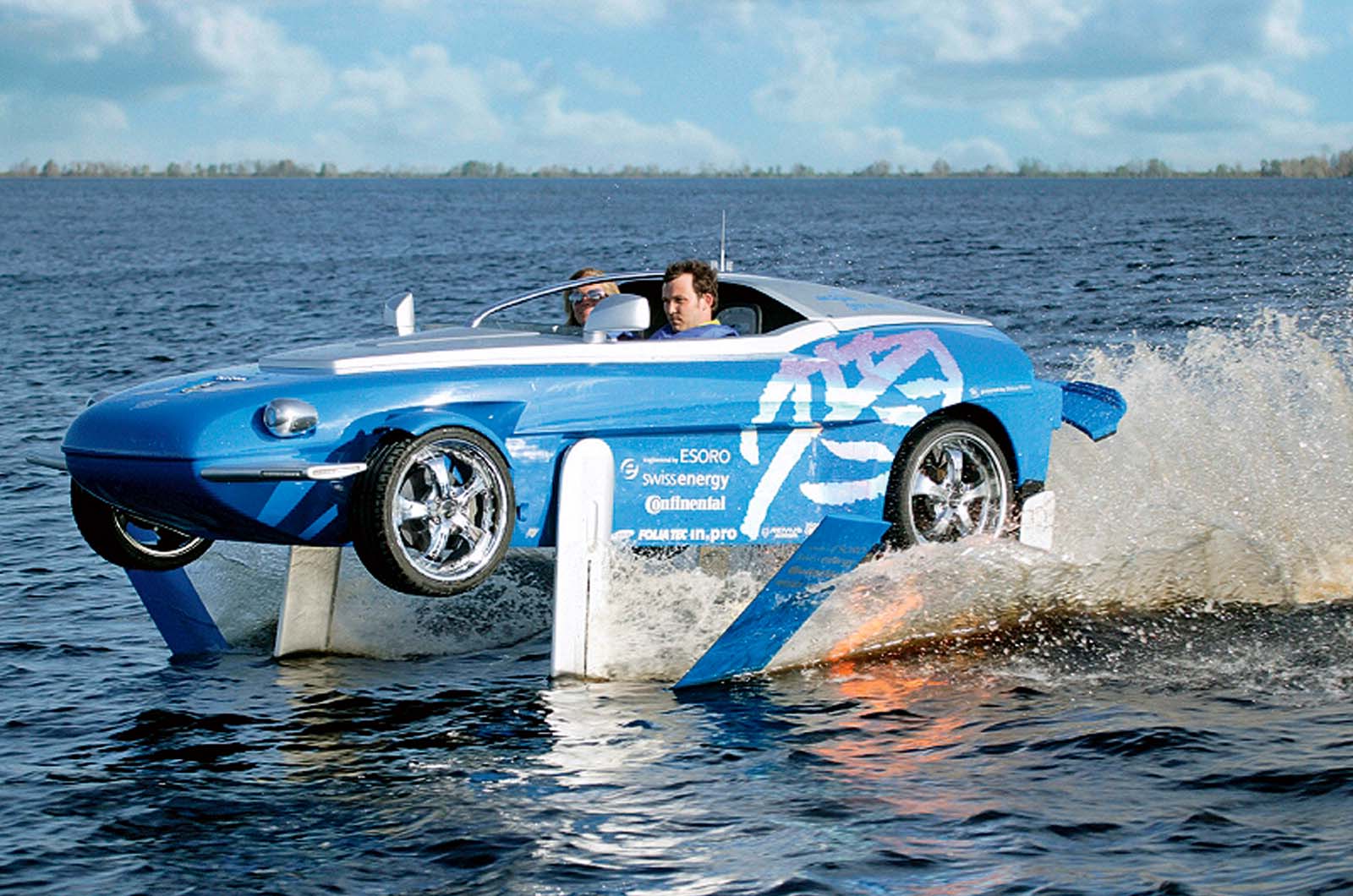













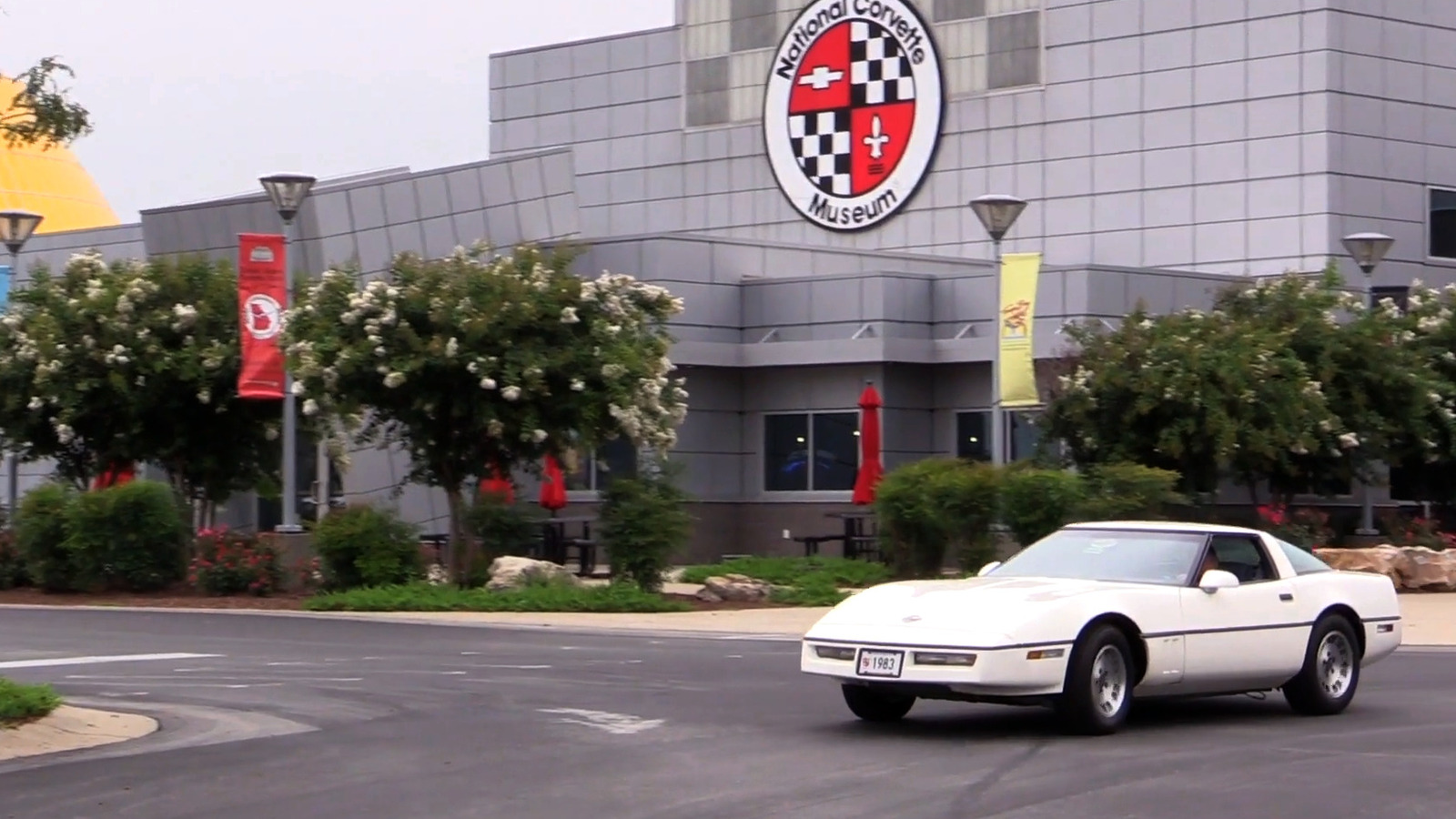








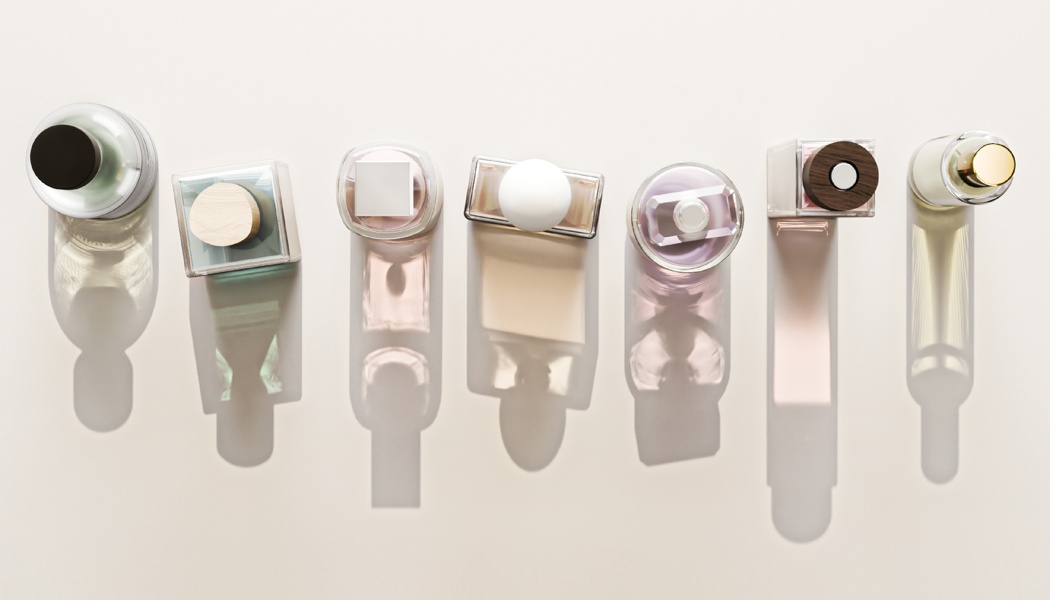





















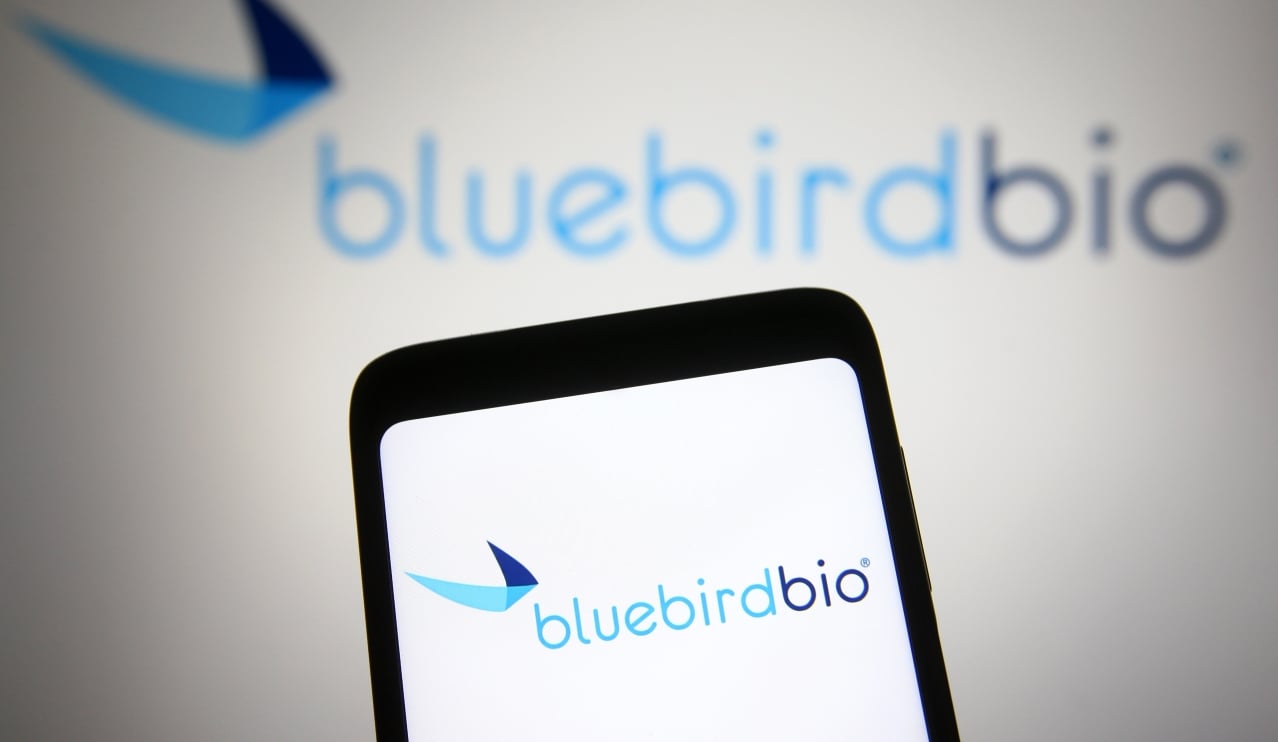







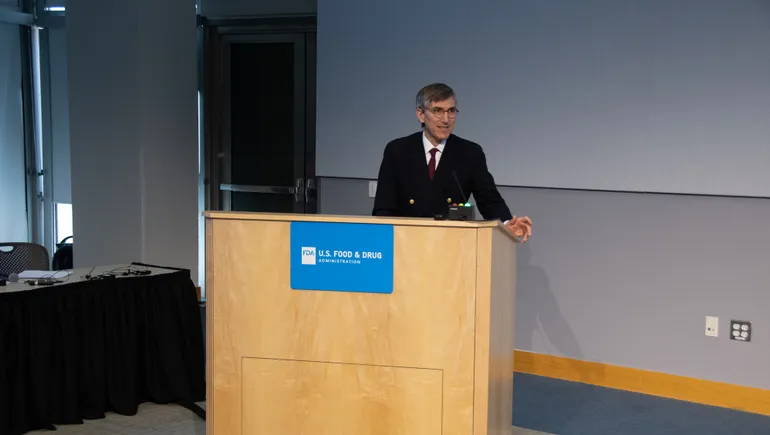
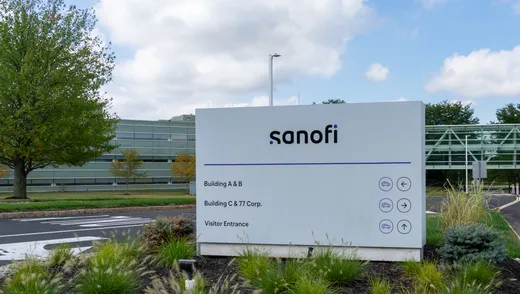
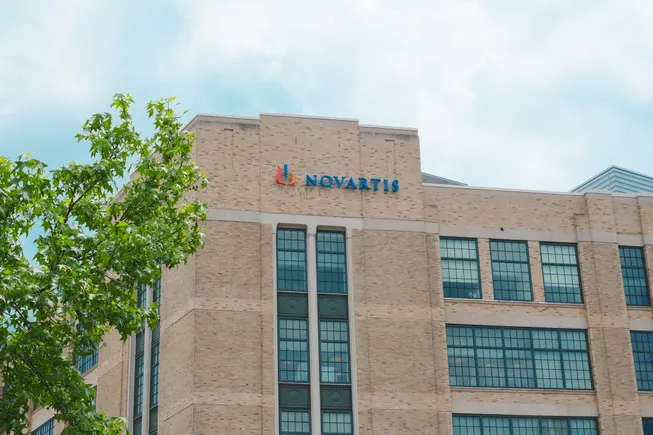
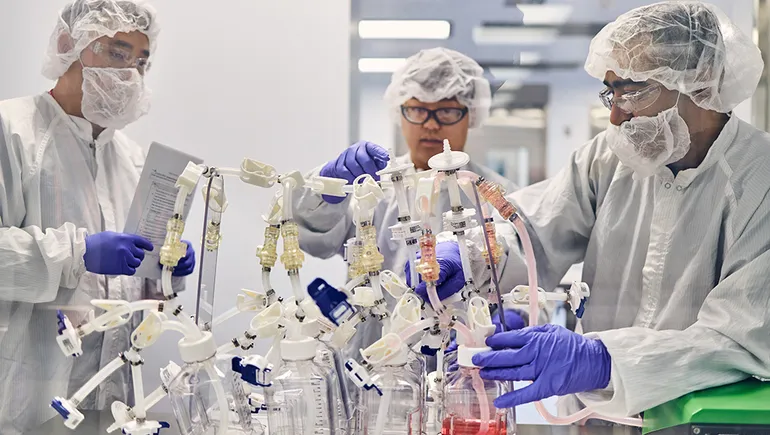





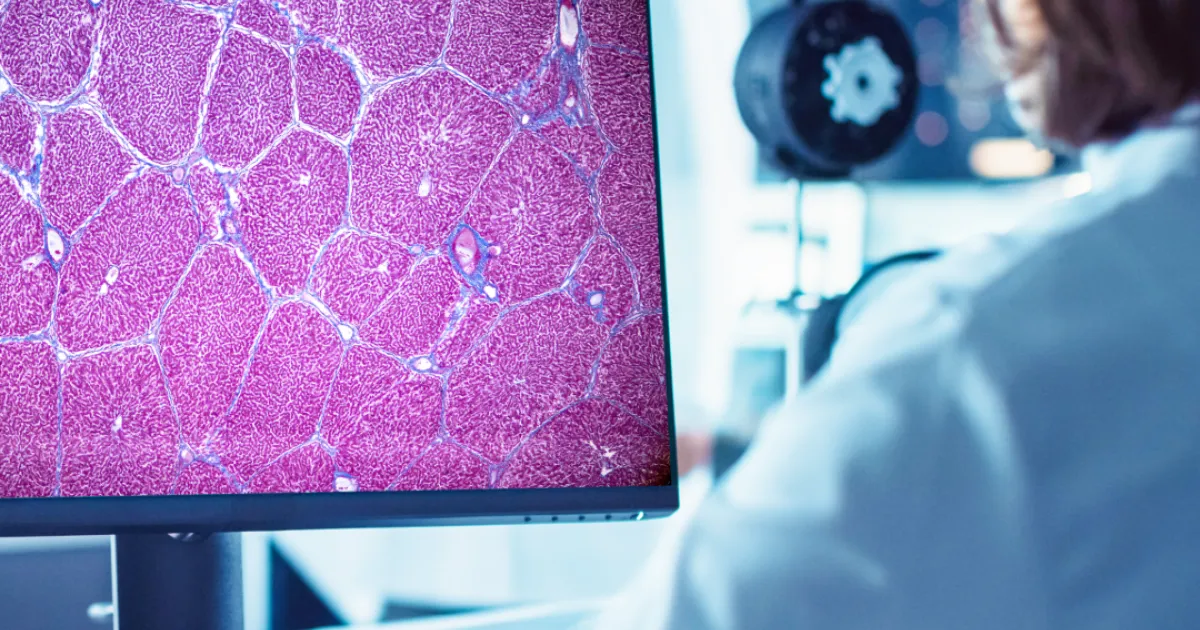















![The sights of Avalon Air Show 2025: Day Three [PHOTOS]](https://breakingdefense.com/wp-content/uploads/sites/3/2025/03/f-35-avalon-final-day-scaled-e1743079275404.jpg?#)
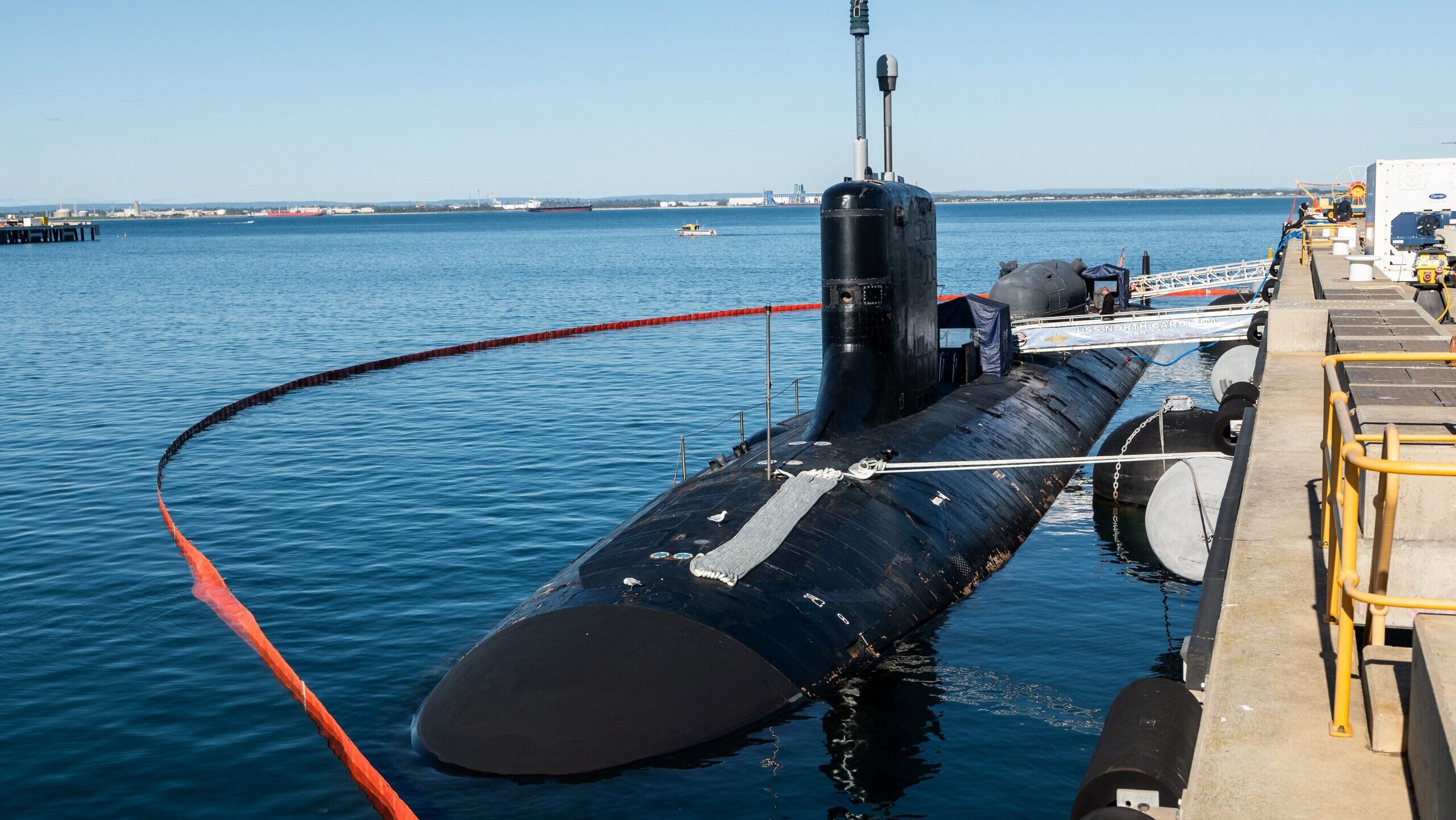













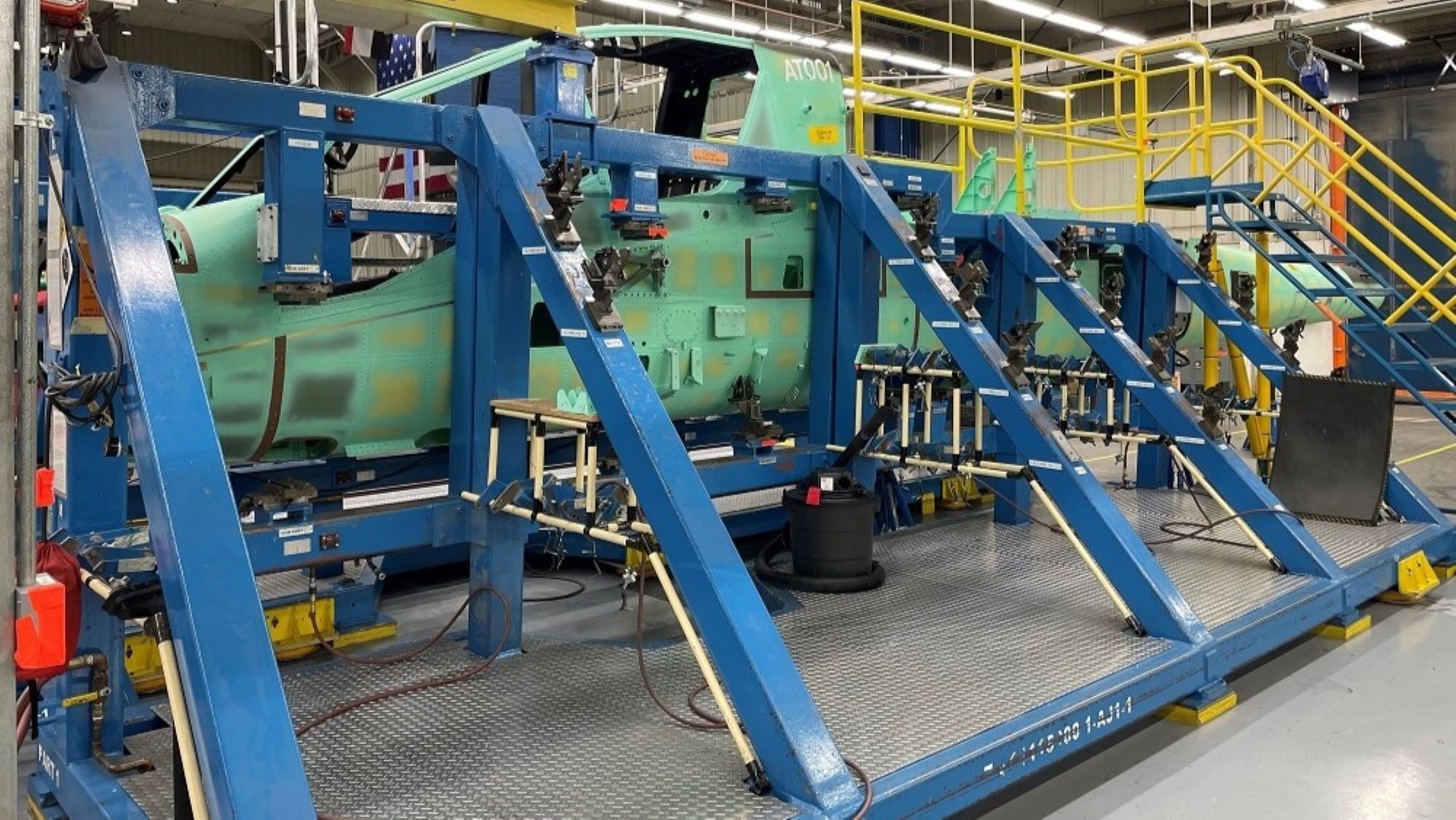






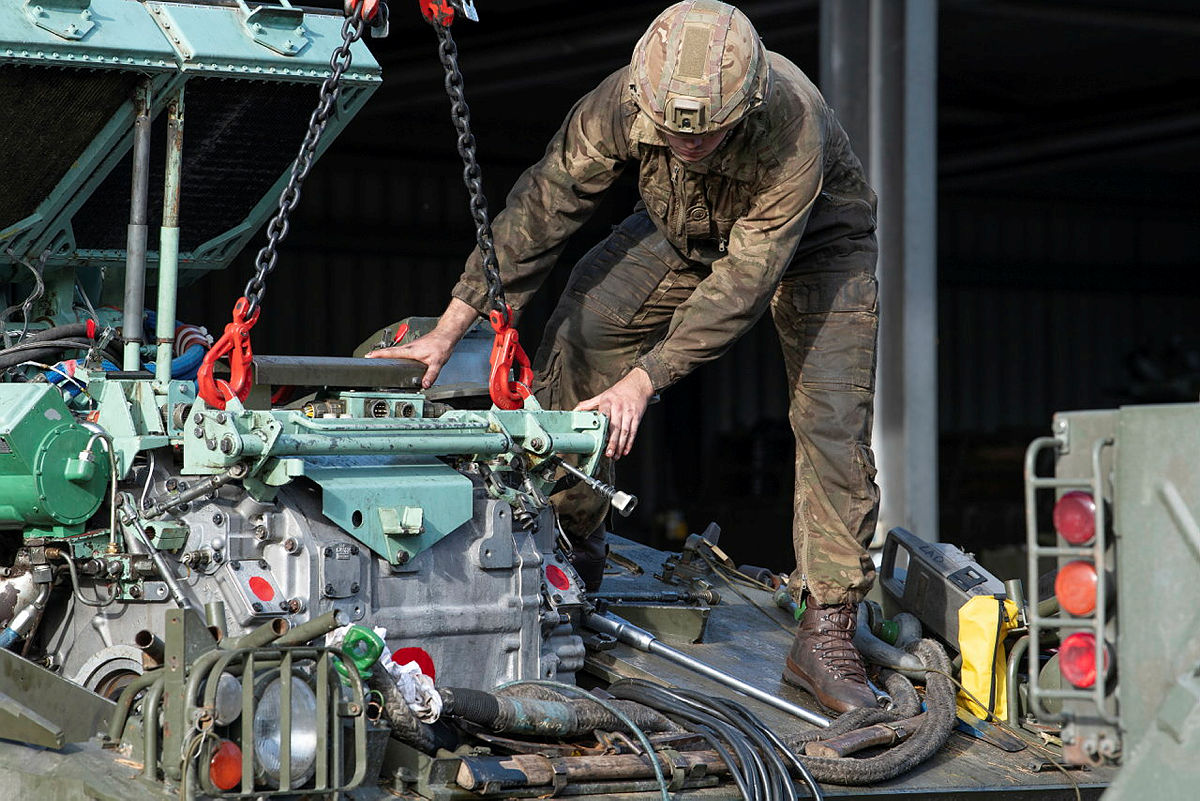

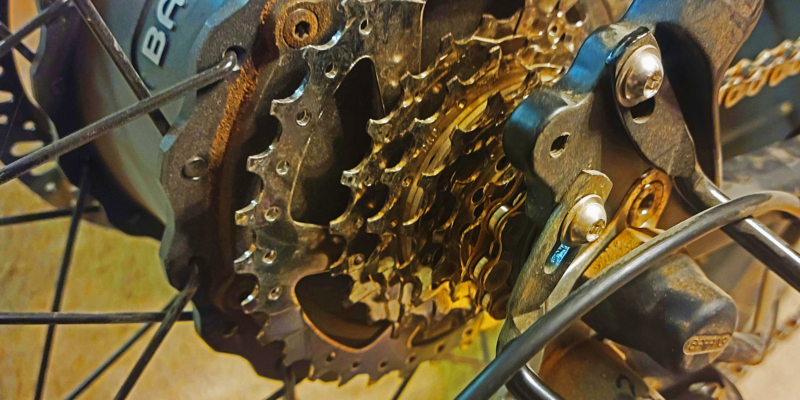











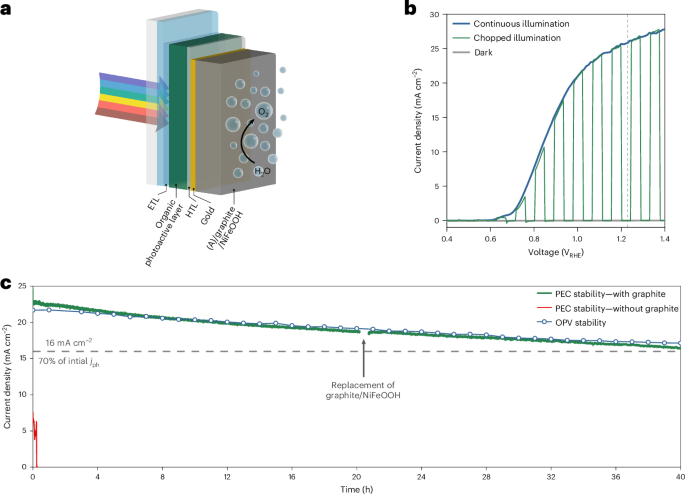










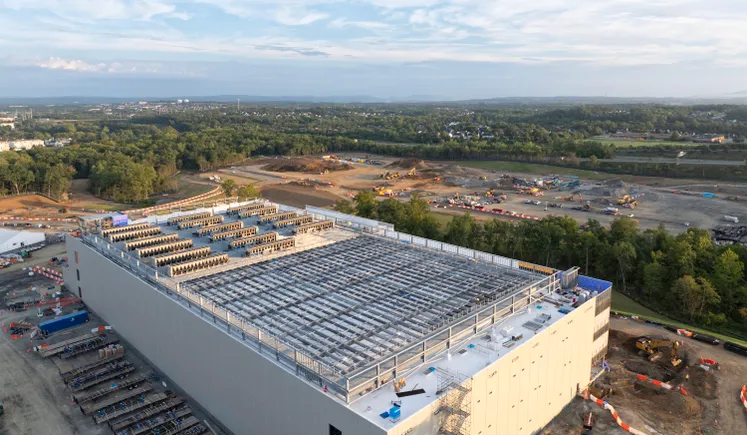
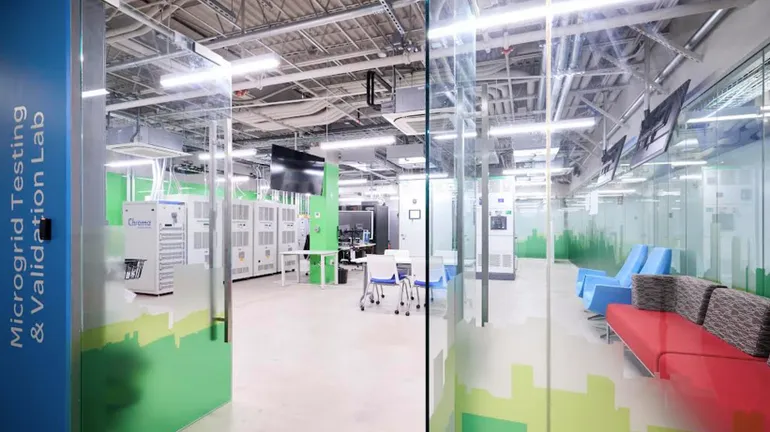

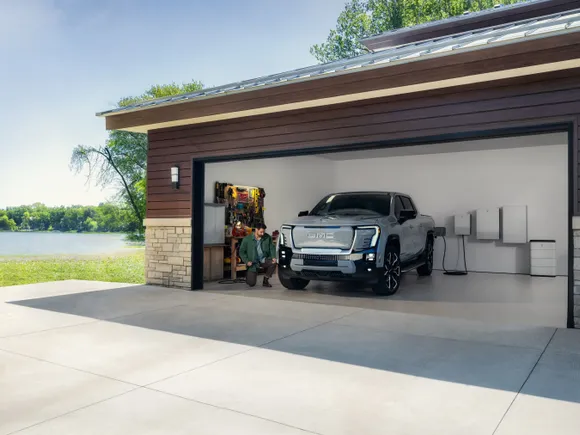


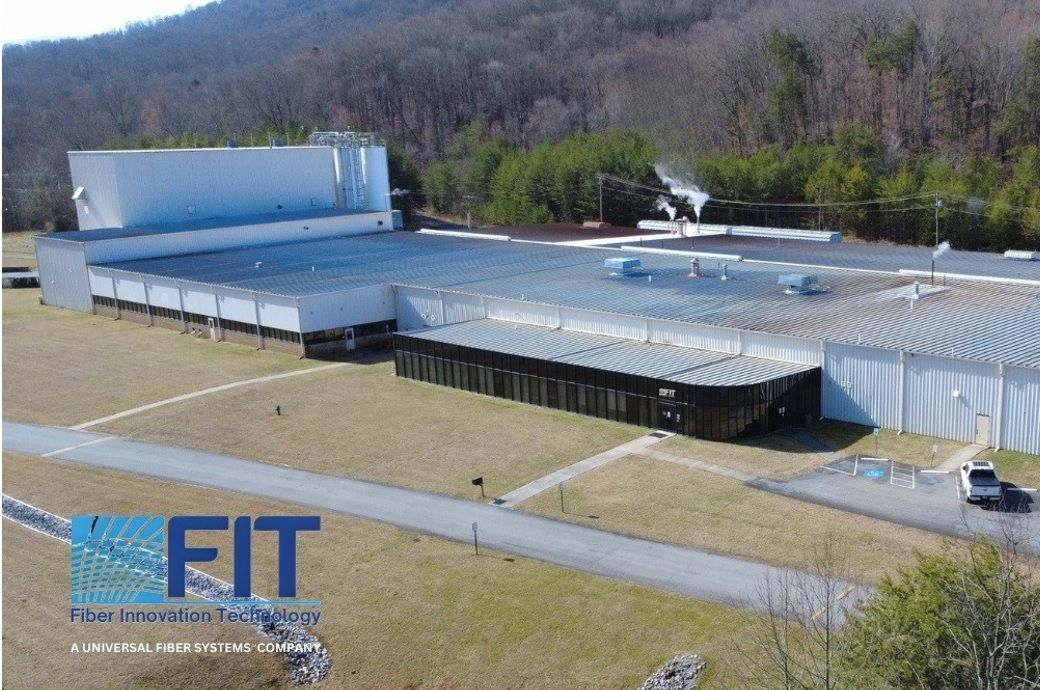

















.jpg)








